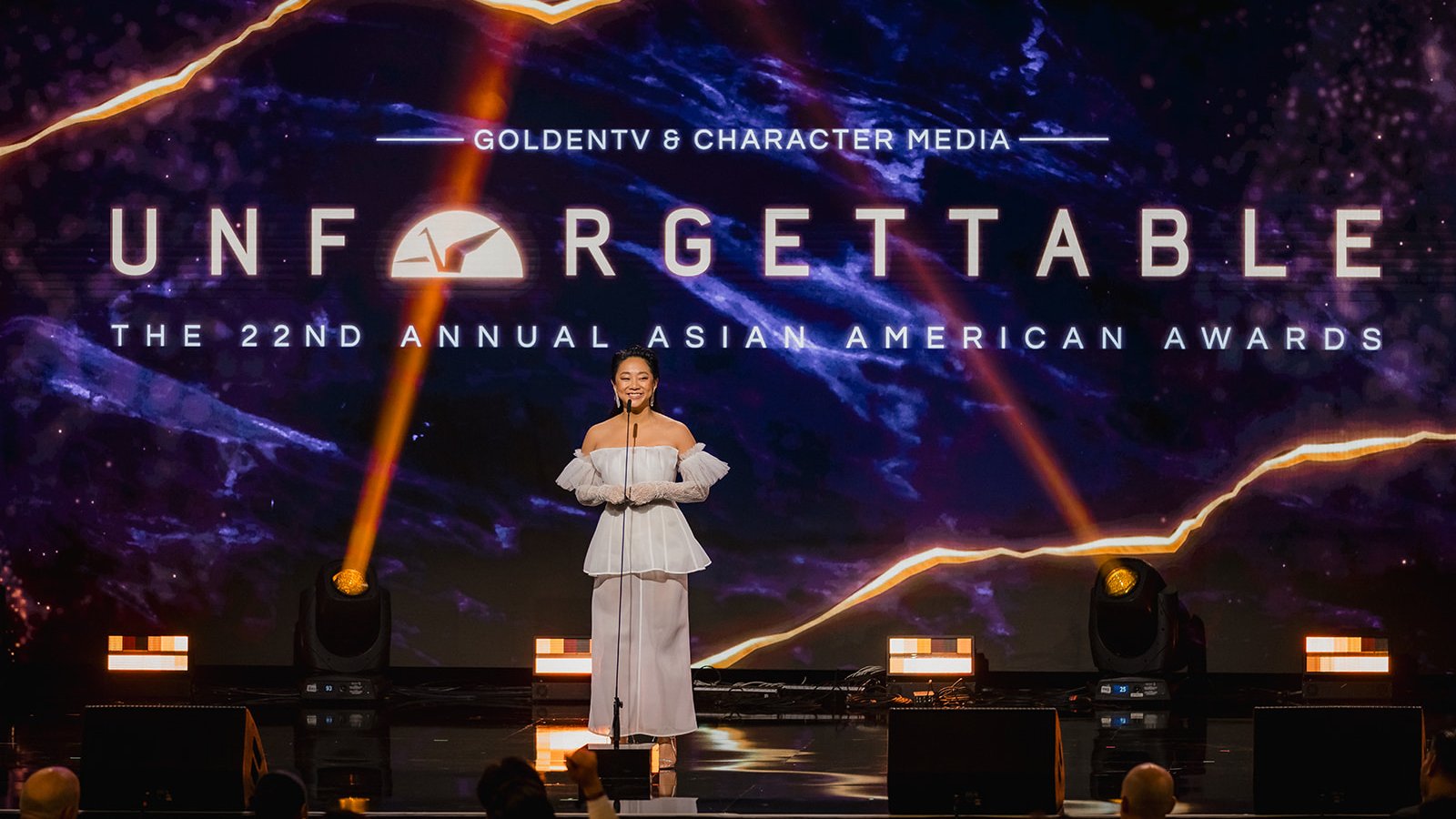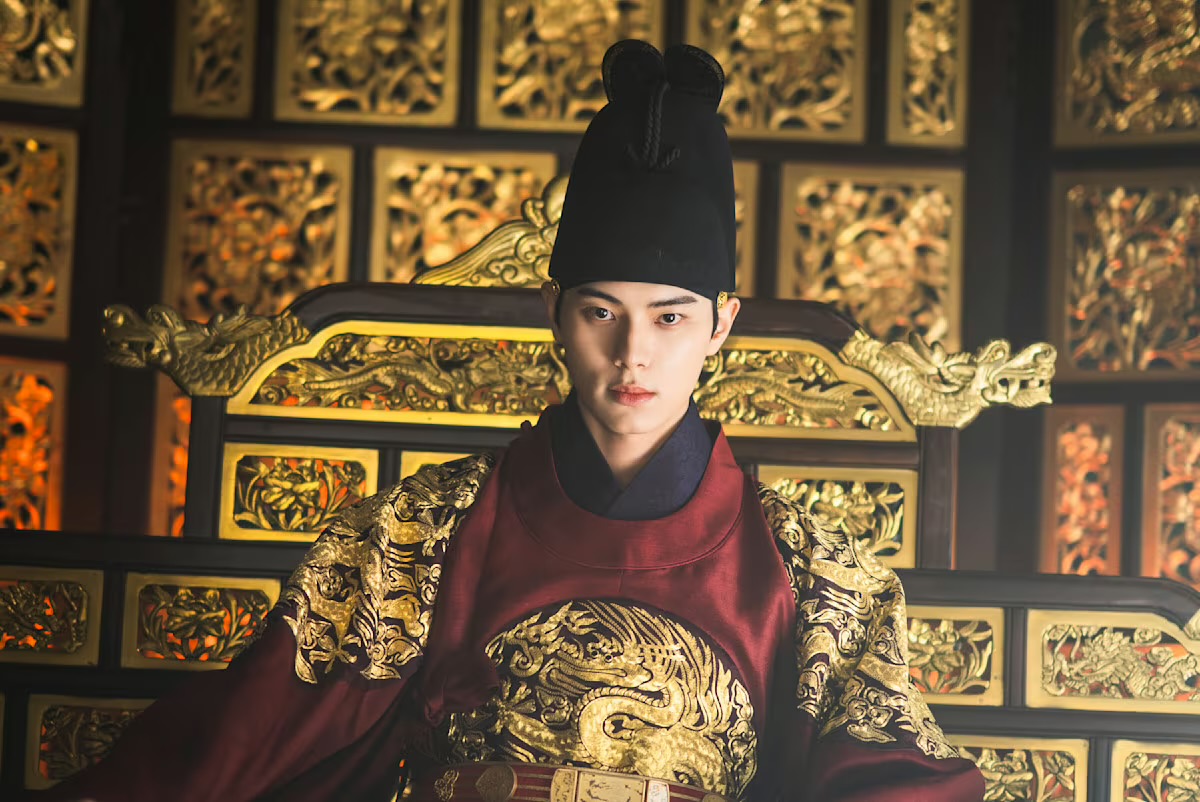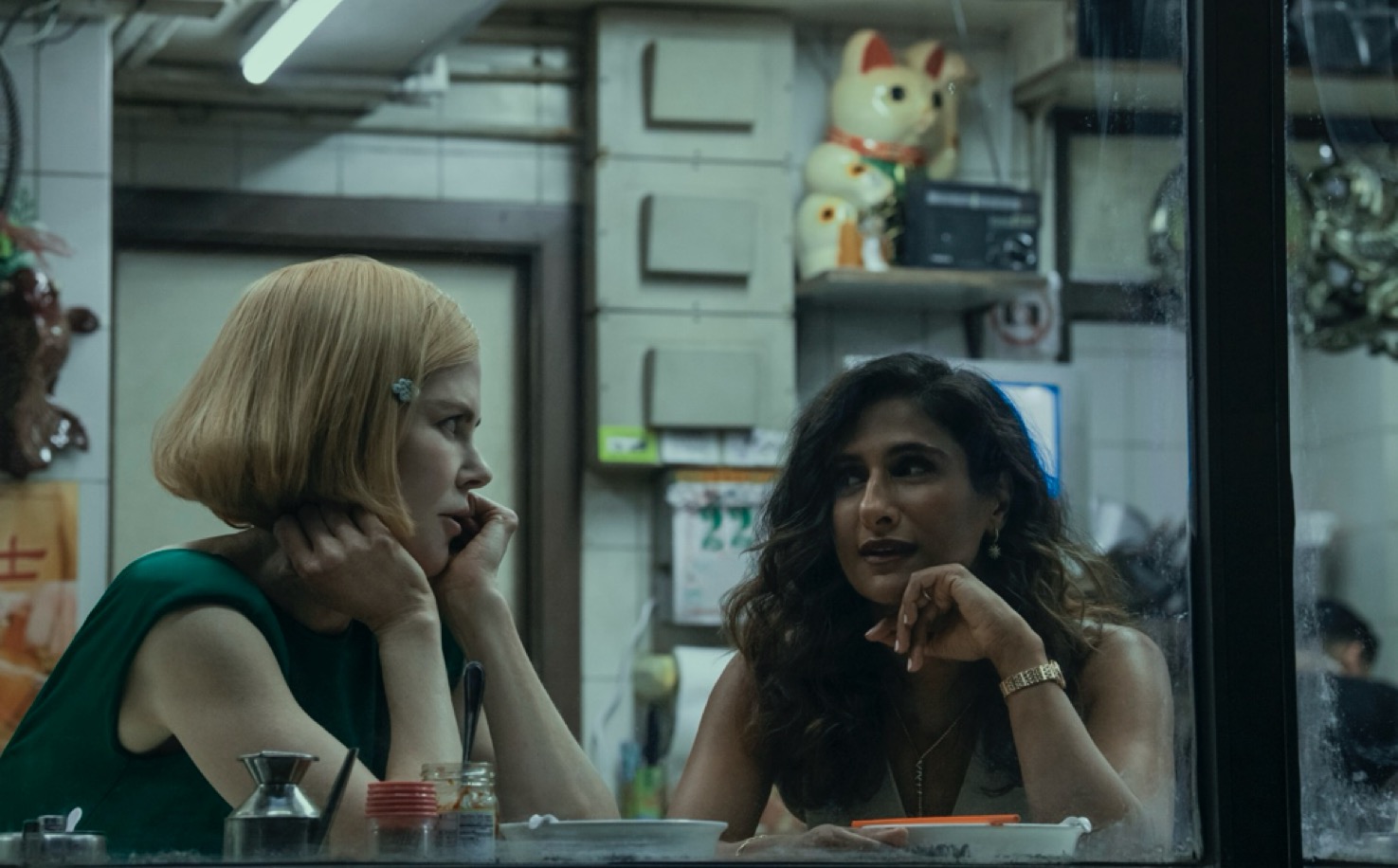
By Jeremiah Estrada, Mayee Yeh and Jasmine Nguyen
Earlier this year, Netflix released the highly-anticipated, live-action remake of the Nickelodeon animated series, “Avatar: The Last Airbender.” With any remake comes the onslaught of comparisons and cynics: fans consider the source material to be gospel, and “ATLA” is no stranger. In 2010, the show was adapted into a live-action film directed by M. Night Shyamalan, but it only seemed to spark contentious conversations about adaptations of the series as a whole. Although Netflix’s version of “Avatar: The Last Airbender” has been subjected to the same, this adaptation, despite its differences from the original, continues to highlight the cartoon’s significant theme: family.
At a panel for Netflix’s For Your Consideration screening of “ATLA,” season one showrunner Albert Kim explains how the show portrayed this concept throughout the episodes. “This series is about the family we create and how we draw strength from them,” Kim says. “Sometimes, in good ways, and sometimes in bad.”
Following the genocide of his people and then being stuck in an iceberg for a century, Avatar Aang (Gordon Cormier) is lucky to find that family in two Southern Water Tribe siblings: a water waterbender named Katara (Kiawentiio) and her older brother Sokka (Ian Ousley). Despite Aang only knowing the siblings briefly, the trio becomes a close-knit group as they begin to make their way to the Northern Water Tribe. The group, affectionately referred to as “Team Avatar” or the “Gaang” by the show and fans, spends most of the first season learning how to work together with one another. The show’s eight episodes showcase the growth of the trio’s relationship, seeing the lengths they’ll go to save one another, even if it means facing-off against incredibly powerful spirits and benders alike.
In an interview with Harpers Bazaar, Kiawentiio comments on their bond, “I think it is just blossoming into a family. Team Avatar is a family in our show. They’re not going to leave each other’s side; they’re always there for each other.”
And “Team Avatar” is willing to stay with one another — despite the childish disagreements they have, one significant moment the “Gaang” experiences that solidifies their bond. When the trio heads to the Southern Air Temple in episode two, Aang, who has been asleep for 100 years, finds the ruins of the air nomad society. To the trio’s horror, they come across the corpse of Aang’s mentor and friend Gyatso (Lim Kay Siu). The grim and more serious scene displays the complex emotions imbued within familial relationships, especially the pain of losing one that you love. Aang’s grief manifests into a mighty and nearly uncontrollable whirlwind, a twister of confusion, sadness and anger. It seems only when he recalls Gyatso’s final words to him — a heart-wrenching reassurance of their never-ending friendship — that the Avatar calms down. All having lost loved ones to the Fire Nation’s power-hungry plays, the three find solace in each others’ pains and use their bonds with one another as strength to help them throughout the journey.


However, as Kim said before, not all family relationships are as positive as “Team Avatar”’s. Elizabeth Yu, who plays Princess Azula, spoke about how her character’s regal, fire-bending family isn’t exactly the best in terms of healthy relationships. “We see so many different family dynamics [in the show] between found family, and even dysfunctional family, as we see in the Fire Nation.”
The Fire Nation royals are dysfunctional, to say the least. Each generation seems to believe that trauma is the principal foundation of personal growth for their children — the whole reason why Prince Zuko (Dallas Liu) is chasing after Aang is because he was banished and physically scarred by his father, Fire Lord Ozai (Daniel Dae Kim), for speaking out of turn during a war council meeting. In contrast, Azula is the favorite of the family, likely due to the fact she mirrors her father’s sadistic nature.

“[At] the beginning of our show, Zuko gets introduced at rock bottom and Azula gets introduced on a pedestal — burning people and smiling,” Liu says. They are two sides of the same fiery coin in this royal family, each striving to earn Ozai’s approval. Azula is still unsure about her spot in the succession despite abiding by the Fire Nation’s brutal ethics. “The rivalry for Azula comes from seeing Zuko as this roadblock, [he’s] this obstacle that she has to jump over to achieve what she wants..which is the rightful heir to the throne,” Yu explains.
For Zuko, his scar is a constant reminder of his father’s disapproval and the journey of healing required to overcome such humiliation. To capture the Avatar would also mean to earn his father’s pride. “It’s a goal that is so far away and he’s been chasing for so long,” Liu says about Zuko’s aspirations in the show. “He’s a boy who thinks he’s a man.”


If anything, the opposition of his morals with his Fire Lord Ozai is the rising action for him to find his own family. Although his father deems such actions humiliating, Zuko often does the “right thing.” His uncle, General Iroh (Paul Sun-Hyung Lee), accompanies Zuko on his journey, supervising the prince on his (mis)adventures and ultimately treating him as his son. He offers sage advice, acting as a guiding figure towards the boy’s maturing. Unsurprisingly, the veteran actor embodied his role off-screen.
“Paul was a real-life uncle to me. He was there for me during my times of worry and I constantly leaned on him not only in some of the scenes but [also] in our green room…” Liu says. “He also taught me how to be a leader on set — be an adult, a professional — and that’s something that I’ll always be indebted to him.”
This is not the only incident in which the cast uses the development of their characters as a way to experience their personal growth. Ousley, the youngest in his family, felt that Sokka’s role allowed him to mature and learn how to support others. “I felt like I grew up a lot on the show, just as a person and artist…” Ousley explains.” I also tried to be there for Gordon and Kiawentiio in that same position, even though we were all kind of experiencing it at the same time together.”
So despite the supernatural element bending and mystic beats, at the core, it is a story that not only audiences can resonate with but also the actors, especially the younger cast members, who now have a chance to grow as artists. The show not only highlights the different types of bonds within the series, but also on set, which provides an opportunity to curate a community — a family — especially for API actors and creatives.
“There were just little reminders of not taking things for granted,” Lee says. “Always being ready; never getting used to the fact that you’re going to be seeing this scale of production and whatnot; to really soak it in and learn from that experience, and to also pay it forward when you’re the older, experienced member in the cast — to pass that knowledge down to the next generation of artists.”






